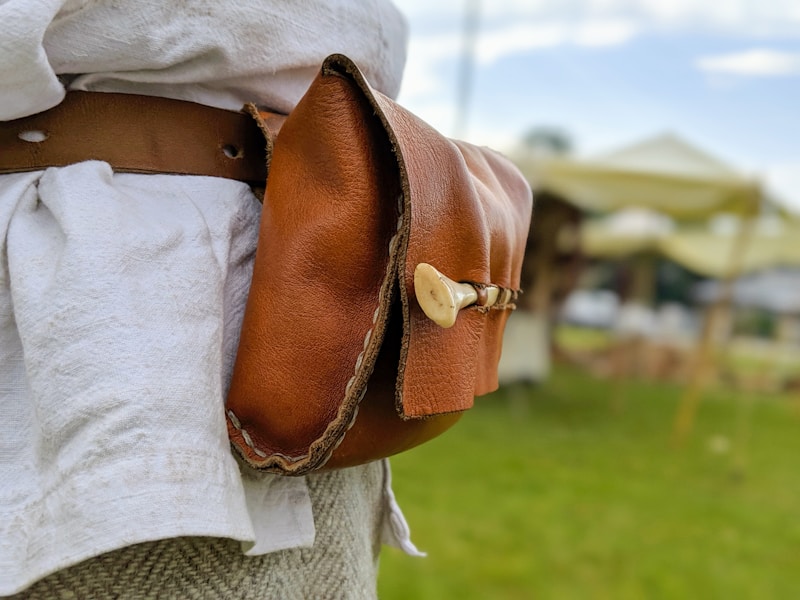Unlocking the Art of Refined Embroidery Techniques: A Journey Through Craftsmanship
Exploring Refined Embroidery Techniques
Embroidery is a timeless art form that weaves beauty and expression into fabric. Among the various styles and methods, refined embroidery techniques stand out as a hallmark of craftsmanship and creativity. In this article, we will delve deep into these techniques, their historical significance, and practical insights to enhance your embroidery skills.
What Are Refined Embroidery Techniques?
Refined embroidery techniques refer to advanced methods that emphasize precision, detail, and artistic flair. These techniques can be categorized into several unique styles, each with its own cultural background and aesthetic appeal. They often require a higher level of skill and attention to detail, making them revered skills among artisans. Some of the most notable refined embroidery techniques include:
- Silk Ribbon Embroidery
- Crewel Embroidery
- Goldwork Embroidery
- Blackwork Embroidery
- Hardanger Embroidery
A Brief History of Embroidery Techniques
Embroidery dates back thousands of years, with evidence found in ancient civilizations from Egypt to China. Over the centuries, various cultures developed distinct techniques, each contributing to the rich tapestry of embroidery history. The evolution of refined embroidery techniques reflects cultural shifts, technological advancements, and artistic movements. Today, these techniques are celebrated and preserved as part of global heritage.
Key Refined Embroidery Techniques
Now, let's explore some of the key refined embroidery techniques in detail:
| Technique | Description | Materials Needed |
| Silk Ribbon Embroidery | A technique that uses silk ribbons to create beautiful floral designs and textures. | Silk ribbons, embroidery floss, needles, fabric. |
| Crewel Embroidery | This technique employs wool yarn to craft intricate, raised designs often depicting floral and foliate motifs. | Crewel wool, embroidery hoop, embroidery needles, fabric. |
| Goldwork Embroidery | A luxurious style that incorporates metal threads to create stunning visual effects, often used in ecclesiastical and ceremonial garments. | Gold or silver threads, fabric, embroidery needles. |
| Blackwork Embroidery | Characterized by intricate patterns in black thread on white fabric, often showcasing geometric designs. | Black embroidery floss, fabric, embroidery needles. |
| Hardanger Embroidery | A traditional Nordic technique involving whitework and cut threads, resulting in exquisite lace-like designs. | Hardanger fabric, embroidery floss, scissors, needles. |
Essential Tools for Mastering Refined Embroidery Techniques
To embark on your journey in refined embroidery, having the right tools is essential. Here are some indispensable items:
- Embroidery Hoops: These help keep your fabric taut for precision.
- Quality Needles: Different techniques require different needle types, so investing in a good selection is crucial.
- Fabric: Choose fabrics suitable for your chosen technique; cotton, linen, and silk are commonly used.
- Threads: Select high-quality threads that complement your designs.
- Scissors: A sharp pair of scissors ensures clean cuts and finishes.
Starting Your Embroidery Journey
Whether you're a novice or an experienced artisan, starting with refined embroidery techniques requires patience and practice. Here are some steps to help you begin:
- Choose a technique that resonates with you.
- Gather all necessary materials and tools.
- Start with simple designs to build your confidence.
- Practice regularly to enhance your skills.
- Connect with fellow embroiderers for tips, inspiration, and support.

Common Challenges and Solutions
As with any craft, refined embroidery techniques come with their own set of challenges. Here are some common issues and how to overcome them:
- Tension Problems: Ensure your fabric is taut in the hoop, and use consistent tension when stitching.
- Difficulty in Threading: Use a needle threader if you're working with fine threads that are hard to handle.
- Design Interpretation: Start with simpler patterns and gradually work your way up to complex designs as your skills grow.
Inspiration for Your Embroidery Projects
Finding inspiration can be one of the most enjoyable parts of embroidery. Here are some sources you might consider:
- Art Galleries: Many galleries feature exquisite textile arts.
- Social Media: Platforms like Instagram and Pinterest are filled with stunning embroidery projects and tutorials.
- Books and Magazines: They often provide step-by-step guides and showcase the work of renowned embroiderers.
- Local Craft Shows: These events often feature artisans who showcase their techniques and offer classes.
Tips for Showcasing Your Embroidery Work
Once you've honed your skills and completed some beautiful pieces, you might want to showcase your work. Here are a few tips:
- Photography: Capture your work in good lighting to highlight details.
- Social Media: Share your projects on social media to connect with other embroidery enthusiasts.
- Craft Fairs: Consider renting a booth at local craft shows to sell or display your work.
- Online Shops: Platforms like Etsy can be excellent places to showcase and sell your embroidery creations.
Conclusion
Refined embroidery techniques not only enrich the art of sewing but also allow you to express your creativity in unique ways. As you explore these techniques, remember that practice is key. Start with simple designs, invest in quality materials, and connect with the community for support and inspiration. With dedication, your embroidery skills will flourish, transforming fabric into captivating works of art. Embrace the journey, and happy stitching!
Final Notes: As you delve into refined embroidery techniques, be patient with yourself, maintain an open mind, and most importantly, enjoy the process of creation. Every stitch is a step towards mastering this beautiful craft.